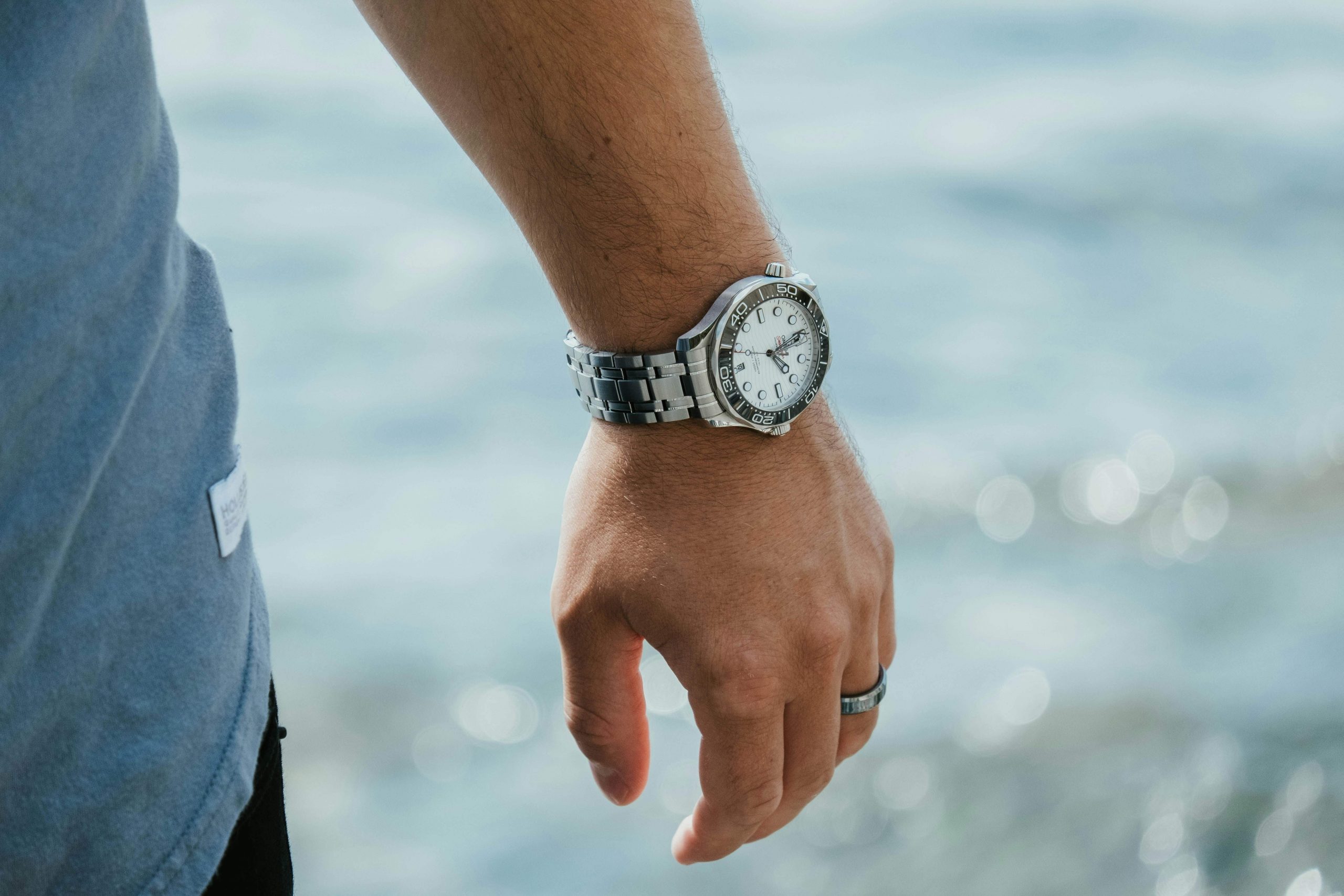
Crafting Time: The Art of Automatic Analog Watches
Introduction
Automatic analog watches, powered by the motion of the wearer’s arm, have carved a niche for themselves in the digital age. Despite the prevalence of smartwatches, the classic charm and craftsmanship of automatic watches continue to captivate enthusiasts worldwide. The essence of designing these watches lies in the delicate balance between aesthetics and functionality.

© Andreas Bentele / Unsplash
The Design Process of Automatic Analog Watches
Conceptualizing the Watch
To start the design journey, it’s crucial to identify the target audience and their specific needs. Whether it’s a sophisticated dress watch or a robust sports watch, understanding the wearer’s preferences is paramount. Brainstorming design themes, from classic and timeless to futuristic and minimalist, sets the foundation for the watch’s visual identity.
Movement Selection
Choosing the right movement is a pivotal decision in designing automatic watches. Delving into the nuances of Swiss vs. Japanese movements and exploring features such as power reserve and complications help tailor the watch to its intended purpose. Consideration of movement size is equally important, impacting the overall design and aesthetics of the timepiece.
Case Design
The case serves as the canvas for the watch’s design, with material selection playing a key role. Stainless steel, titanium, and ceramic each bring unique properties to the table. Careful consideration of case size and shape ensures comfort and aesthetic appeal, while the integration of features like crowns, pushers, and water resistance enhances both form and function.
Dial Design
The dial is the face of the watch, requiring meticulous attention to detail. Determining the layout and hierarchy of information, including hour markers, hands, and subdials, contributes to the overall legibility and clarity. Material and finish options for dials, such as matte, sunray, or textured surfaces, add depth to the visual appeal.
Hand Design
Different hand styles, from the classic sword to the elegant cathedral, influence readability and overall aesthetics. Material and color choices for hands play a crucial role in the watch’s overall design. Ensuring a proper balance and hierarchy between hands on the watch face contributes to a harmonious and functional timekeeping experience.

© Yogendra Singh / Unsplash
Achieving Balance: Aesthetics and Functionality
While aesthetics are a significant aspect of watch design, clear timekeeping remains the core function. Integrating design elements that enhance functionality, such as luminous hands for low-light visibility, creates a practical and reliable timepiece. Design choices, from the choice of materials to the intricacies of movement, can significantly influence the perceived value of the watch.

© Zac Gudakov / Unsplash
Conclusion
In conclusion, the art of designing automatic analog watches encompasses a multi-faceted process, blending creativity with precision. The journey involves understanding the wearer’s preferences, selecting the right movement, and crafting a visually appealing and functional timepiece. As we look ahead, the dynamic world of watch design continues to evolve, promising exciting trends and innovations in the future of automatic watches.
Key Takeaways
- Timeless Fusion:
- Automatic analog watches maintain allure by blending classic charm with modern craftsmanship.
- Design hinges on achieving a delicate balance between aesthetics and functionality.
- Purposeful Design:
- Identifying target audiences and needs is crucial for conceptualizing watches.
- Thoughtful movement selection tailors watch to specific purposes.
- Canvas of Creativity:
- The case is a vital canvas; material and design impact comfort, aesthetics, and functionality.
- Integrating features like crowns and water resistance enhances both form and function.
- Precision in Details:
- Meticulous dial design and diverse hand styles contribute to legibility and clarity.
- Careful material and color choices ensure a harmonious timekeeping experience.
- Form Meets Function:
- Aesthetics and clear timekeeping coalesce, with design elements enhancing practicality.
- Choices in materials and movement intricacies influence the perceived value of the watch.
- Timeless Craftsmanship:
- Crafting automatic watches involves a blend of creativity and precision.
- Understanding preferences, selecting the right movement, and creating visually appealing timepieces are integral.
- Evolution in Design:
- The dynamic world of watch design evolves, promising exciting trends and innovations in automatic watches’ future.
FAQs (Frequently Asked Questions)
What sets automatic analog watches apart from smartwatches in the digital era?
Automatic watches offer timeless charm and craftsmanship, powered by the wearer’s arm motion, for a classic and enduring appeal.
How crucial is the target audience in watch design?
Identifying the audience influences design themes and material choices, aligning the watch with preferences, be it a dress or sports watch.
What factors influence movement selection for automatic watches?
Movement selection involves Swiss vs. Japanese nuances, exploring features like power reserve, and considering size for overall design impact.
How do design choices impact the functionality of automatic watches?
Aesthetics and clear timekeeping merge. Integrating elements like luminous hands enhances practicality, influencing the perceived value.
What’s the essence of designing automatic analog watches?
It’s a blend of creativity and precision, involving understanding wearer preferences, selecting the right movement, and creating visually appealing, functional timepieces.
Indulge your curiosity and passion for watches as we break down the anatomy of a classic timepiece, providing a captivating glimpse into the world of horological craftsmanship.




